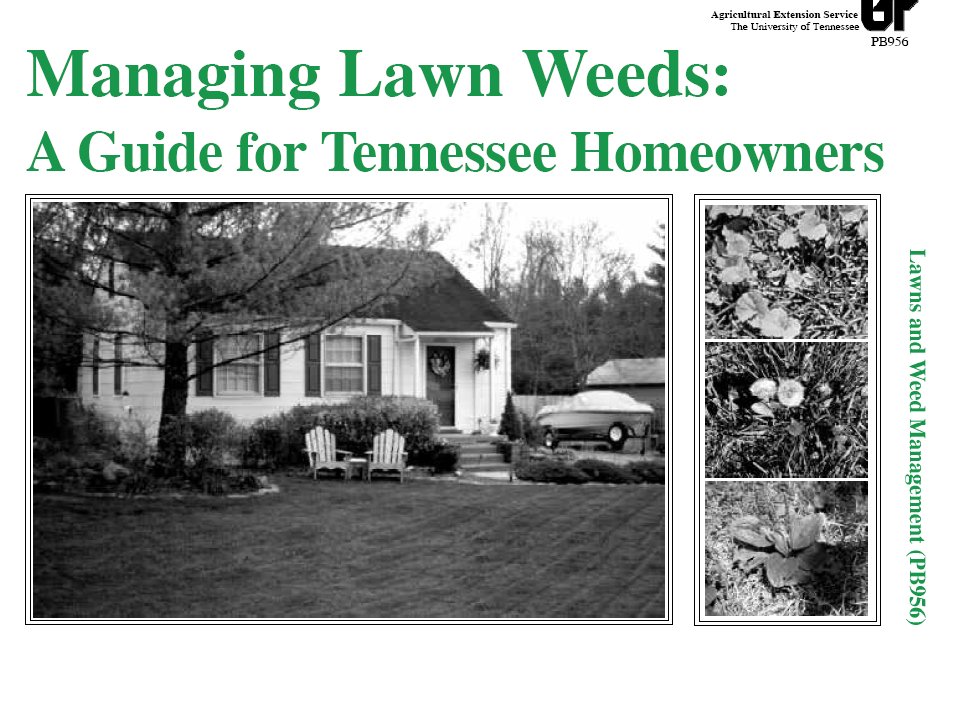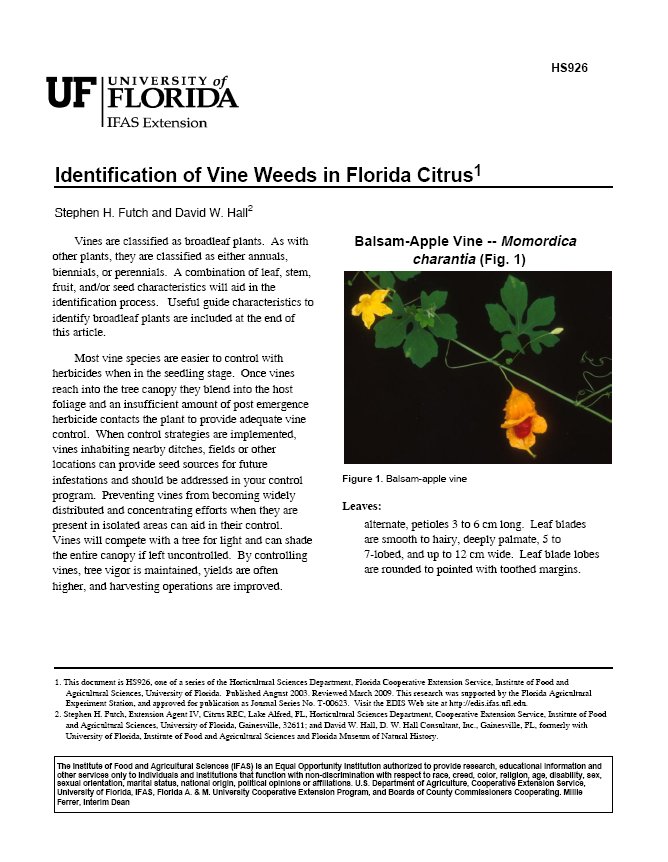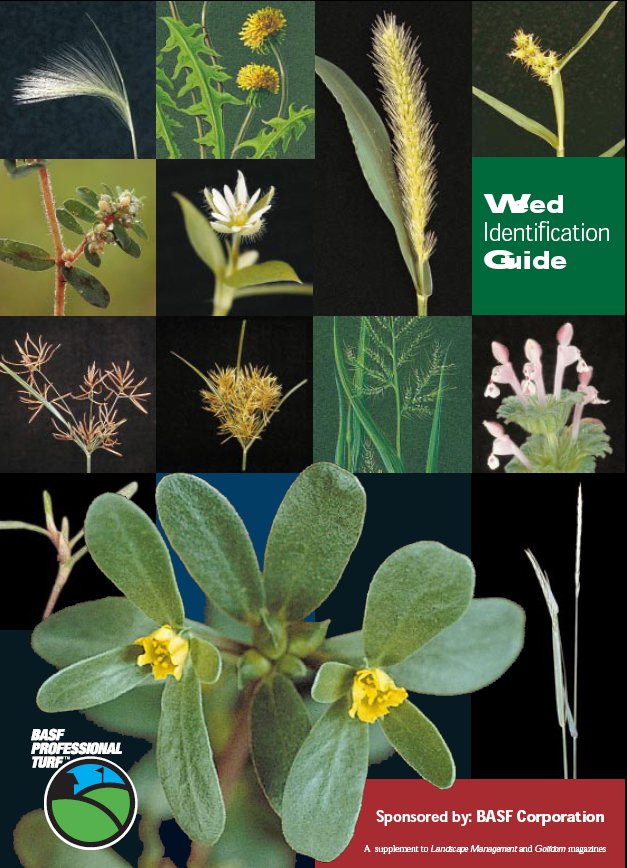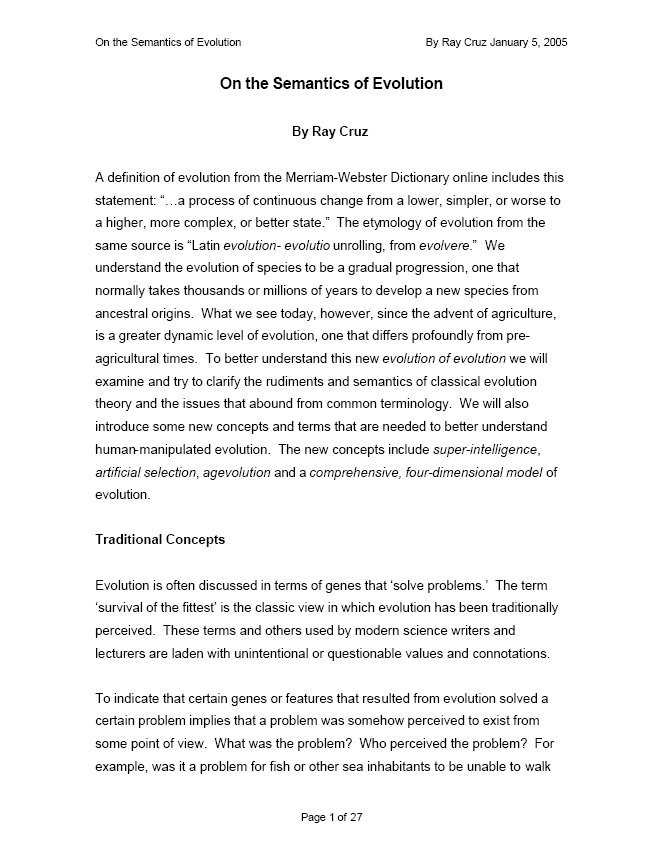PDF 463 pages 143 weed species or types by ABCTLC.COM, Fairbanks, Alaska, also applies to Arizona, New Mexico and USA Southwest. Weed Identification and Control CEU Training Course. Description. Welcome to the world of terrestrial weed identification and control. This manual has been prepared to educate pesticide applicators and operators in general safety awareness for dealing with the often-complex and various pesticide treatment sprays, devices, methods, and applications. Our goal is to assist you in identification and control of unwanted plants. Please call me or my staff for any course assistance or support. I love to teach this course and have been teaching agronomy and botany for several years. Here I am with Thistle Poppy Argemone sp. (this plant was once used by the ancient Greeks to treat cataract eye disease). Most of you think Thistles are known to have purple flowers, think again. Notice the unusual shape of the petals of this specimen.The Weed Identification and Control training distance learning course uses a fill-in-the-blank and. multiple choice style answer key.
Identified weeds include:
b. Types of Weeds:
(1) Broadleaf Weeds
(a) Annuals
(1) Summer Annuals (Warm Season Annuals):
(a) Beggarticks
(b) Chickweed
(c) Wooly Croton
(d) Lambsquarters
(e) Redroot Pigweed
(f) Rough Pigweed
(g) Prostrate Pigweed
(h) Tumbling Pigweed
(i) Prickly Lettuce
(j) Annual Morningglory
(k) Bedstraw
(l) Prostrate Spurge
(m) Spotted Spurge
(n) Puncturevine
(o) Purslane
(p) Common Ragweed
(q) Common Sunflower
(r) Annual Sowthistle Prickly Lettuce
(2) Winter Annuals: (Cool Season Annuals): Dicamba works well on most of these.
(a) Bur Buttercup
(b) Pennycress
(c) Henbit
(d) Kochia
(e) Tansy Mustard
(f) Purple Mustard
(g) Fieldcress
(h) Flixweed
(i) Jim Hill Mustard
(j) Common Mustard
(k) Wild Mustard
(l) Larkspurs
(m) Wooly Locoweed
(n) Hoary Pea (Goatsrue)
(o) Mayweed
(p) Field Madder
(q) Russian Thistle
(r) Shepherd's Purse Kochia
(s) Tumble Mustard
(t) Yellow Rocket (Mustard)
(b) Biennials:
(1) Bur Clover
(2) Burdock
(3) Cocklebur
(4) Chamomile
(5) Wild Carrot
(6) Spotted Knapweed
(7) Mullein
(8) Prickly Poppy
(9) Bull Thistle
(10) Musk Thistle
(11) Common Sow Thistle
(12) Yellow Star Thistle
(c) Perennials
(1) Simple Perennials:
(a) Jerusalem Artichoke
(b) Catnip
(c) Chickory
(d) Yellow Clover
(e) Dandelion
(f) Broadleaf Dock
(g) Curly Dock
(h) Narrowleaf Goldenrod
(i) Groundcherry
(j) Gumweed
(k) Broadleaf plantain
(l) Mallow (Cheeseweed)
(m) Milkweed
(n) Texas blueweed
(o) Prickly pear
(2) Creeping Perennials:
(a) Field Bindweed
(b) Wild Buckwheat
(c) Canada Thistle
(d) Russian Knapweed
(e) Mouseear Chickweed Gumweed
(f) Virginia Creeper
(2) Grasses
(a) Annuals
(1) Summer Annuals:
(a) Crabgrass
(b) Foxtails
(c) Barnyardgrass
(d) Goosegrass
(e) Sandbur
(f) Witchgrass
(g) Wild oats
(2) Winter Annuals:
(a) Annual Bluegrass
(b) Foxtail Barley
(c) Fall Panicum
(d) Rescuegrass
(e) Downy Brome
(f) Wild Rye
(b) Perennial Grasses
(1) Simple Perennials:
(a) Buffalograss
(b) Rice Cutgrass
(c) Orchard Grass
(d) Gramma Grass
(e) Common Rush
(f) Perennial Ryegrass
(g) Reed Canarygrass
(2) Creeping Perennials:
(a) Bentgrass
(b) Bermuda Grass Rescuegrass
(c) Dallisgrass
(d) Johnsongrass
(e) Bluegrass
(f) Yellow Nutsedge
(g) Purple Nutsedge
(h) Quackgrass
Additional classifications may place weeds that occur in any of the above categories special
categories. Weeds in special categories may require special practices to control them. Special
categories have particular distinguishing features. Such distinguishing features may include
special toxins dangerous to humans or livestock, woody stems, or aquatic habitats.
(1) Toxic Plants:
(a) African rue
(b) Woody Aster
(c) Foxglove
(d) Castor plant
(e) Poison Hemlock
(f) Hemp Dogbane
(g) Locoweed (Stemless, Wooly, etc.)
(h) Bitterweed
(i) Jimson Weed
(j) Silverleaf Nightshade
(k) Black Nightshade
(l) Groundcherry
(m) Perennial Broomweed
(n) Goldenrod
(o) Buffalo Bur
Toxic Plants Injurious to Humans
(1) Poison Ivy
(2) Poison Sumak
(3) Poison Oak
(4) Spurge (Bull) Nettle
(5) Stinging Nettle
(6) Slender Nettle
(2) Woody plants and brush:
(a) Elm Species
(b) Creosote
(c) Greasewood
(d) Coniferous trees & shrubs: Juniper, Cedars, Pine, Fir, and Spruce
(e) Maple Species
(f) Mesquite
(g) Oak Species
(h) Rose Species
(i) The Willow & Cottonwood Family Stinging Nettle
(3) Aquatic Plants See TLC?s Aquatic Environment?s Course
(a) Algae:
(1) Single celled Algae
(2) Filamentous Algae
(3) Chara
Submerged Seed Plants
(1) Water Millfoil
(2) Hornwort
(3) Coontail
(4) Water Weed
(5) Pond Weed
Floating Weeds
(1) Water lilies (yellow & white)
(2) Water Hyacinth
(3) Duckweeds
Emergent Weeds
(1) Arrowhead
(2) Pipewort
(3) Cattails Spurge (Bull) Nettle
(4) Bulrushes
Regions Impacted:(See related documents in region)
Canada,
USA,
Pacific,
Pacific Alaska,
Southwest
After placing this free order, please wait a few hours to receive your email notice of approval. You will need your login email address and password to review your order and download this item.
More Weed ID resources from
Ergonica Partners
This product was added to our catalog on Monday 08 March, 2010.








